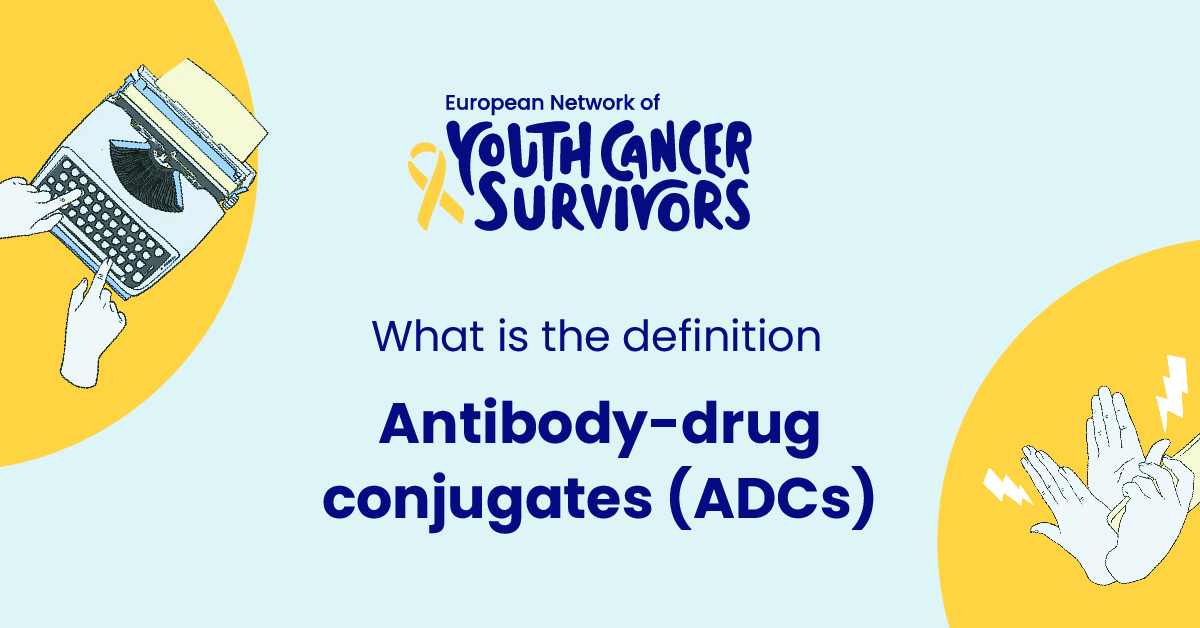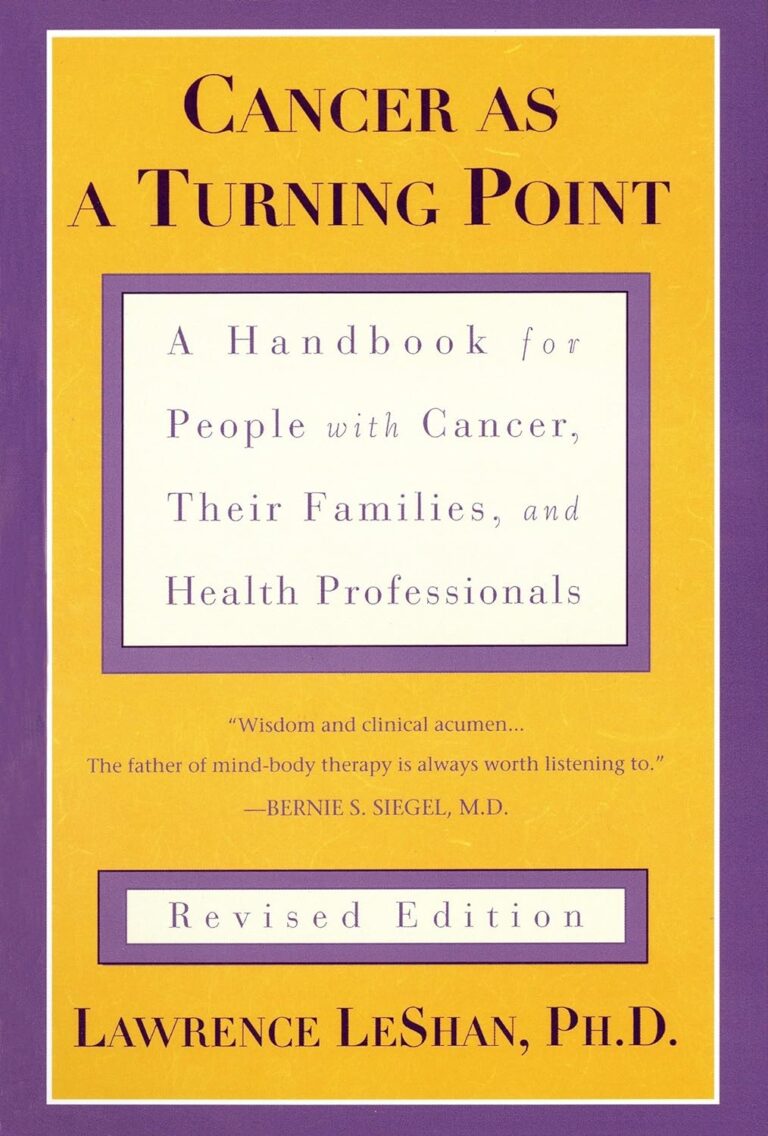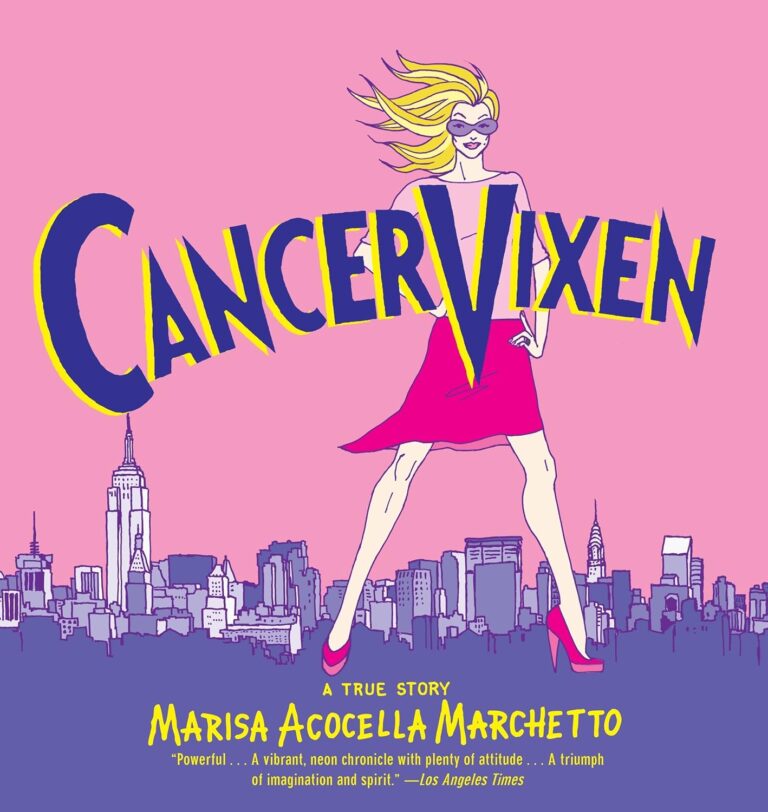
Antibody-drug Conjugates (ADCs) represent one of the forefront breakthroughs in targeted cancer therapy. Based on a simple yet profound concept of delivering lethal drugs directly to tumor cells, ADCs have emerged as a promising option for anti-cancer therapy.
Brief Understanding of ADCs
ADCs are a class of biopharmaceutical drugs engineered to leverage the specificity of monoclonal antibodies to deliver cytotoxic drugs selectively to antigen-bearing cells.
The History and Evolution of ADCs
The inception of ADCs dates back to the late 20th century, with early models laying the foundation for the current generation of ADCs. Despite the initial setbacks, sustained research efforts have led to significant progress in ADCs, with several now approved for clinical use by the FDA.
Defining Antibody-drug Conjugates (ADCs)
What Exactly Are ADCs
ADCs are complex molecules designed for targeted cancer therapy. They consist of three main components – a monoclonal antibody, a cytotoxic drug and a linking molecule – all working in harmony to obliterate cancerous cells with minimal damage to healthy tissues.
Components of ADCs
The monoclonal antibody in ADCs is engineered to target a specific antigen present on the surface of the cancer cells. The cytotoxic drug, carried by the antibody, is activated once inside the cell, causing cell death. The linker molecule connects the antibody and drug, ensuring stability and controlling drug release.
The Mechanism of Action: How ADCs Work
ADCs Targeting Process
ADCs specifically recognize and bind to antigens expressed on the cancer cells. This binding then triggers internalization of the ADCs into the cells.
Drug Release and Kill
Once ADCs are inside the cell, the cytotoxic drug is released. These drugs would then interrupt cell division and proliferation, leading to cell death and consequently shrinking the tumor.
Get to know us better
If you are reading this, you are in the right place – we do not care who you are and what you do, press the button and follow discussions live

The Role of ADCs in Cancer Treatment
Tumor-specific Drug Delivery
ADCs pioneered the concept of tumor-specific drug delivery. They deliver a cytotoxic payload directly to the malignant cell, thereby overcoming drug resistance and enhancing therapeutic efficacy.
Reducing Side Effects of Traditional Chemotherapy
ADCs come with the advantage of reducing collateral damage to healthy cells, thereby reducing the serious side effects associated with traditional chemotherapy.
Developments and Innovations in ADCs
Current Pipeline of ADCs
There are several ADCs in the pipeline, some in the late stages of clinical trials. Many of these ADCs are being developed to treat a variety of cancers, providing hope for patients where conventional therapies proved unsuccessful.
Future Directions for ADCs
The next step for ADCs development is to improve their efficacy and safety profiles, hone their precision, and decrease their manufacturing costs. This can be achieved through better understanding of tumor biology, advances in antibody engineering, and innovations in drug payload and linker technology.
The Challenges and Limitations of ADCs Implementation
Challenges in Developing Successful ADCs
The development of ADCs is not without its challenges. These include the choice of the right antibody, drug, and linker; manufacturing complexity; and controlling drug-to-antibody ratio, among others.
Overcoming Obstacles in ADCs Therapies
There is considerable global effort to overcome these obstacles. Sophisticated techniques and advanced technologies are being applied to manufacture, optimize and validate ADCs for patient use.
Conclusion
ADCs and Future of Medicine
ADCs have the potential to reshape the current cancer therapeutic landscape. With the ability to deliver potent drugs directly to tumor cells, they could revolutionize medicine and bring hope to millions of patients worldwide.
The Impact of ADCs on Healthcare
From a healthcare perspective, ADCs could drastically alter how we manage and treat cancer. They offer a targeted approach that promises to improve anti-cancer therapy’s effectiveness and reduce side effects, providing a better quality of life for patients.
Frequently Asked Questions
- What are the specific components of an ADC?
An ADC comprises three key components: a specific monoclonal antibody, a potent cytotoxic drug, and a robust linking molecule.
- How are ADCs different from traditional chemotherapy?
Traditional chemotherapy indiscriminately targets dividing cells, leading to multiple side effects. ADCs, on the other hand, selectively deliver drugs to cancer cells, sparing healthy cells and reducing side effects.
- What are the major challenges in the development of ADCs?
Challenges in ADC development include choosing the appropriate antibody, drug, and linker, controlling drug-to-antibody ratios, acknowledging the complexity of production, and dealing with potential resistance and toxicity issues.
- What recent advancements have been achieved in ADC therapies?
Recent advancements include approval of several ADCs for clinical use, optimization of linker technology, and enhanced understanding of tumor biology to improve the precision of ADCs.
- How do ADCs selectively target cancer cells without harming healthy cells?
ADCs bind to specific antigens present on the surface of cancer cells. This specificity allows them to deliver the drug payload to cancer cells while sparing healthy cells.

















Comments
Thank you. Comment sent for approval.
Something is wrong, try again later